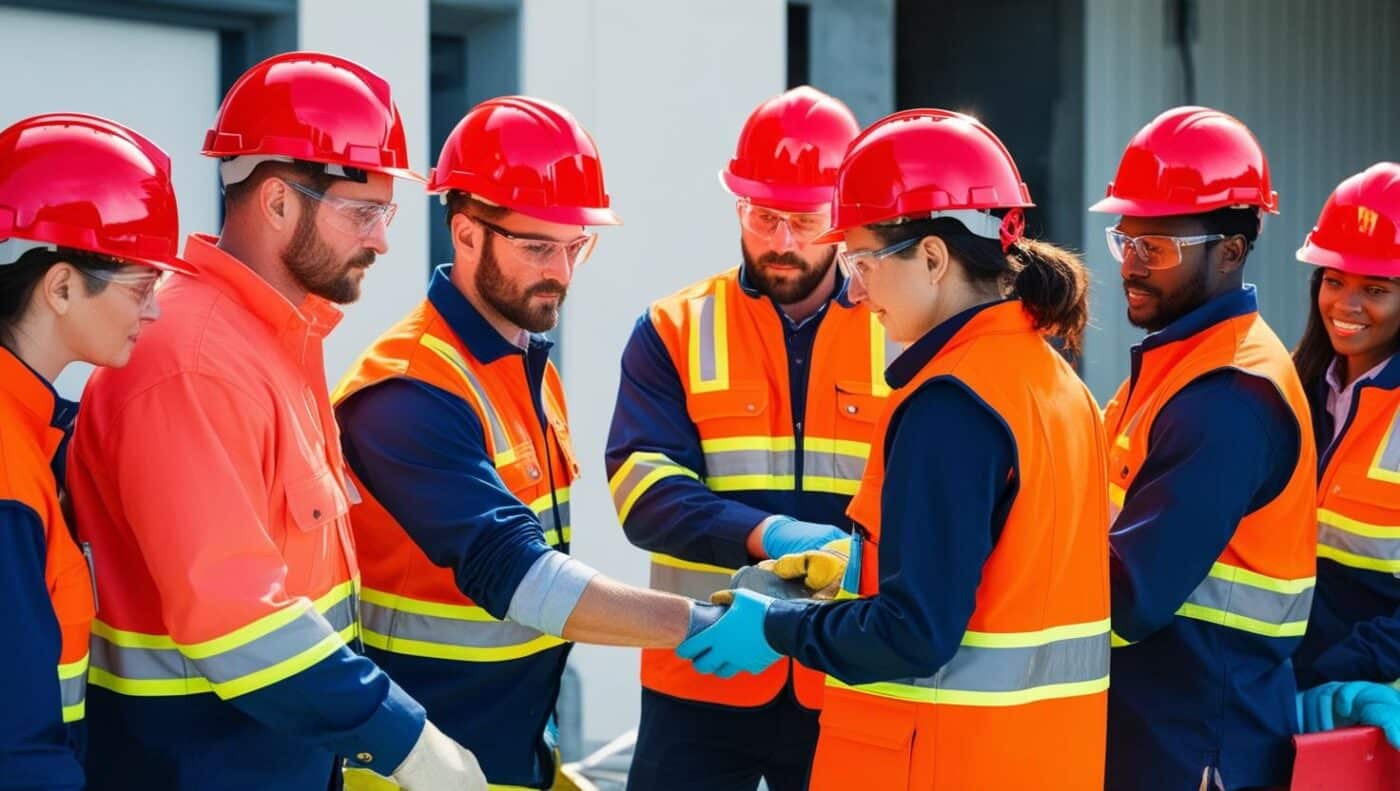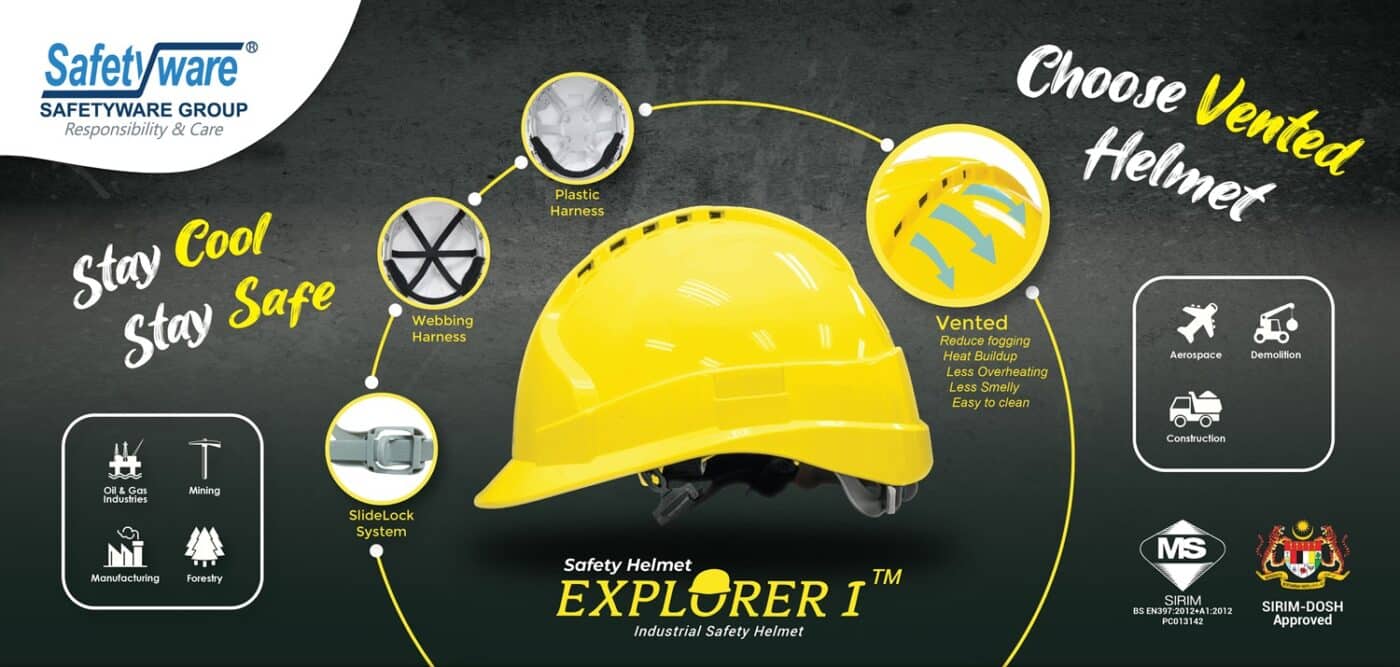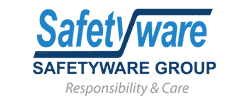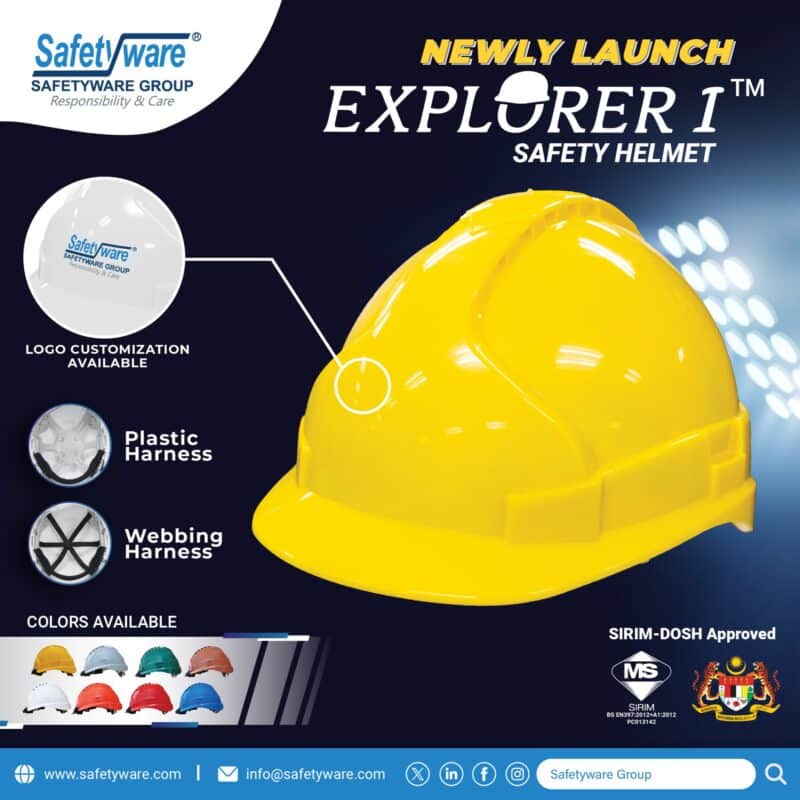Safety helmets are a universal symbol of workplace protection, but their colors are referred to different role in site. Across industries like construction, mining, oil and gas, and utilities, helmet colors serve as a visual communication tool, helping teams quickly identify roles, responsibilities, and hazards. While standards can vary by region or company, this guide breaks down the common color codes and their typical meanings to enhance safety on-site.
Why Do Helmet Colors Matter?
- Role Identification: Colors help distinguish supervisors, visitors, electrician, and emergency responder.
- Hazard Awareness: Bright colors (e.g., orange, yellow) improve visibility in environments.
- Compliance: Many industries enforce color-coding protocols to meet safety regulations (e.g., OSHA, ANSI).
Decoding Safety Helmet Colors

1. White Helmets
- Typical Roles: Site manager, engineers, supervisors, or architects.
- Purpose: Signifies leadership and decision making authority.
- Common Industries: Construction, civil engineering, project management.
2. Yellow Helmets
- Typical Roles: General labor, earthmover operators, or temporary workers.
- Purpose: High visibility for workers in high risk zones (e.g., moving machinery).
- Common Industries: Roadwork, warehouse operations, demolition.
3. Blue Helmets
- Typical Roles: Technical staff, electrician, carpenters, or quality inspectors.
- Purpose: Identifies skilledspecialists.
- Common Industries: Electrical utilities, HVAC, manufacturing.
4. Green Helmets
- Typical Roles: Safety officers, new hires, or environmental inspectors.
- Purpose: Highlights personnel responsible for safety compliance or training.
- Common Industries: Mining, chemical plants, renewable energy.

5. Red Helmets
- Typical Roles: Firefighters, emergency responders, or hazard control teams.
- Purpose: Signals emergency readiness and fire safety roles.
- Common Industries: Firefighting, oil refineries, disaster response.
6. Orange Helmets
- Typical Roles: Road crews, signalers, or lifting operators.
- Purpose: Maximizes visibility in traffic-heavy or outdoor environments.
- Common Industries: Road construction, logistics, crane operations.
7. Grey/Brown Helmets
- Typical Roles: Welders, site visitors, or apprentices.
- Purpose: Grey often denotes visitors, while brown is reserved for high-heat roles.
- Common Industries: Welding, foundrie, visitor management.
8. Pink Helmets
- Typical Roles: Interns, trainee, or probationary workers.
- Purpose: Easily identifies inexperienced personnel needing supervision.
- Common Industries: Training sites, large-scale construction projects.
Helmet Color Standards: Regional Variations
- USA: OSHA does not mandate colors, but many firms follow ANSI/ISEA guidelines.
- Europe: EN 397 standards focus on helmet safety, while colors are company-specific.
- Middle East: Red helmets often indicate safety inspectors, green for supervisors.
Tips for Choosing the Right Helmet Color
- Follow Company Policy: Always adhere to your employer’s color-coding system.
- Prioritize Visibility: Use bright colors (yellow, orange) in low-light or high-traffic areas.
- Combine with Markings: Stripes, decals, or text can add clarity (e.g., “SAFETY” on green helmets).
- Update as Roles Change: Reassign helmet colors if a worker’s responsibilities shift.
Looking for Certified Helmet in multiple color?

Introducing Safetyware Explorer ITM Industrial Safety Helmet, setting the standard in safety and comfort. Fully compliant with SIRIM & DOSH standards and EN397:2012+A1:2012, our helmet undergoes rigorous testing, passing shock absorption, penetration, flammability, and chin strap retention assessments. Crafted from impact-resistant ABS material, it boasts lightweight, scratch-resistant, and UV-resistant properties.
Final Thoughts
While helmet colors aren’t universally standardized, their role in enhancing workplace safety is undeniable. By aligning colors with roles and hazards, teams can reduce miscommunication, improve efficiency, and prevent accidents. Always pair color-coding with rigorous training and certified gear—because a safe workplace is a well-organized one.
Stay seen, stay safe! 🚧🛑
For more updates on safety news and insights, visit our website at Safetyware.
Any Questions? Contact Us:
📩 Email: [email protected]
🌐 Website: www.safetyware.com
📞 Contact us: WhatsApp

